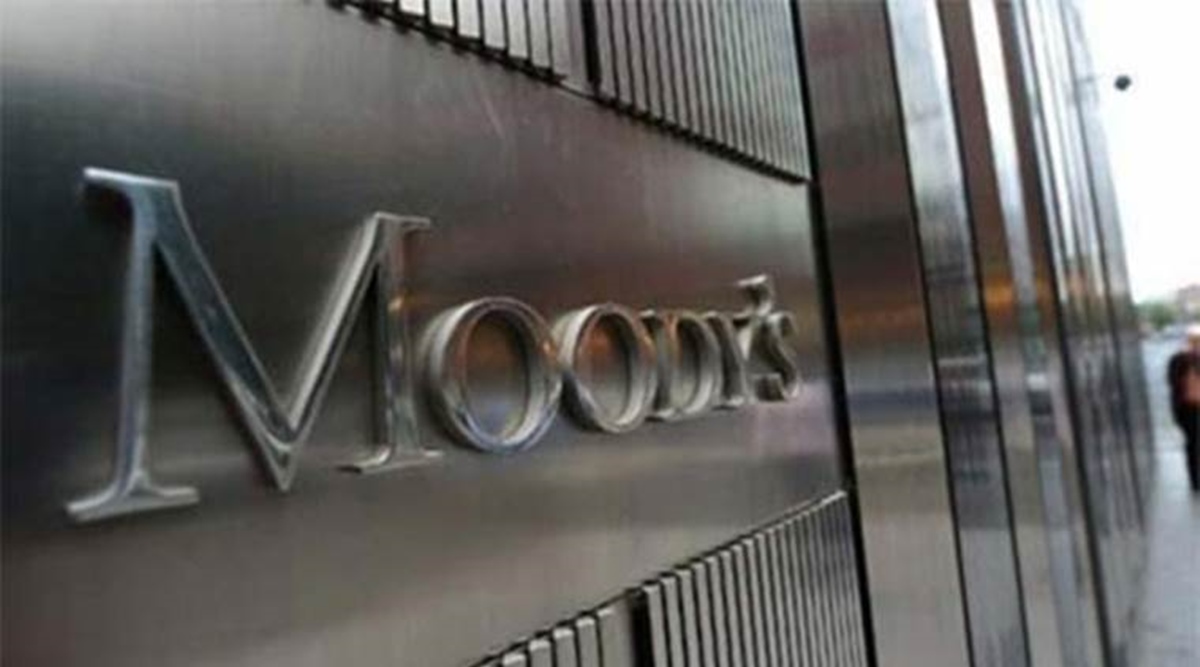Moody’s Investors Service on Tuesday announced its decision to keep India’s sovereign credit rating at Baa3, the lowest investment grade, and to maintain its “stable” outlook for the country.
The agency justified the decision to confirm the rating by citing the country’s large and diversified economy with high growth potential, a relatively strong external position and a stable domestic funding base for government debt. The stable outlook was maintained because “risks from negative feedback loops between the economy and the financial system are declining”.
Significantly, the rating agency does not expect the mounting challenges to the global economy – including the impact of the military conflict between Russia and Ukraine, higher inflation and tightening financial conditions due to monetary tightening – to hamper India’s ongoing recovery from the pandemic track will bring .
In October 2021, Moody’s changed the outlook on the Indian government’s ratings from negative to stable, confirming its long-term foreign and local currency issuer ratings and local currency senior unsecured rating at Baa3.
In June, Fitch Ratings revised its outlook for India’s long-term foreign currency issuer default rating (IDR) from negative to stable after two years, although it kept its sovereign rating for the country at the lowest investment grade of ‘BBB-‘ continuously for 16 years.
All three top rating agencies – S&P, Moody’s and Fitch – are now assigning similar ratings and prospects to India.
According to Moody’s, the key credit challenges facing India include low per capita income, high overall government debt, low debt affordability and limited government effectiveness.
The agency said it could upgrade the rating if India’s economic growth potential rises significantly above expectations, supported by the effective implementation of economic and financial sector reforms that have led to a significant and sustained increase in private sector investment. The effective implementation of fiscal policies that led to sustained reductions in government debt burdens and improvements in debt sustainability would also support the credit profile, she added.
Factors that could lead to a downgrade in India included “weaker economic conditions than we currently expect, pointing to slower growth and/or a resurgence of risks in the financial sector in the medium term”.
Last Wednesday, a day after official data estimated a lower-than-expected expansion rate for India’s economy in the June quarter, Moody’s cut its real growth forecast for the country to 7.7 percent for calendar year 2022 from 8.8 percent from its earlier forecast.
Goldman Sachs also lowered its growth forecast for India for 2022 from 7.6 percent to 7 percent; Also for the fiscal year (FY23), the forecast now stands at 7 percent, up from 7.2 percent previously. Similarly, Morgan Stanley said there is a 40 basis point downside risk to its FY23 growth estimate of 7.2 percent on weaker-than-expected investment growth and a higher drag from net exports.
June quarter growth of 13.5 percent was near the lower band of analysts’ forecast range of 12 to 17 percent and below the 16.2 percent forecast by the Monetary Policy Committee.

“Incurable gamer. Infuriatingly humble coffee specialist. Professional music advocate.”







